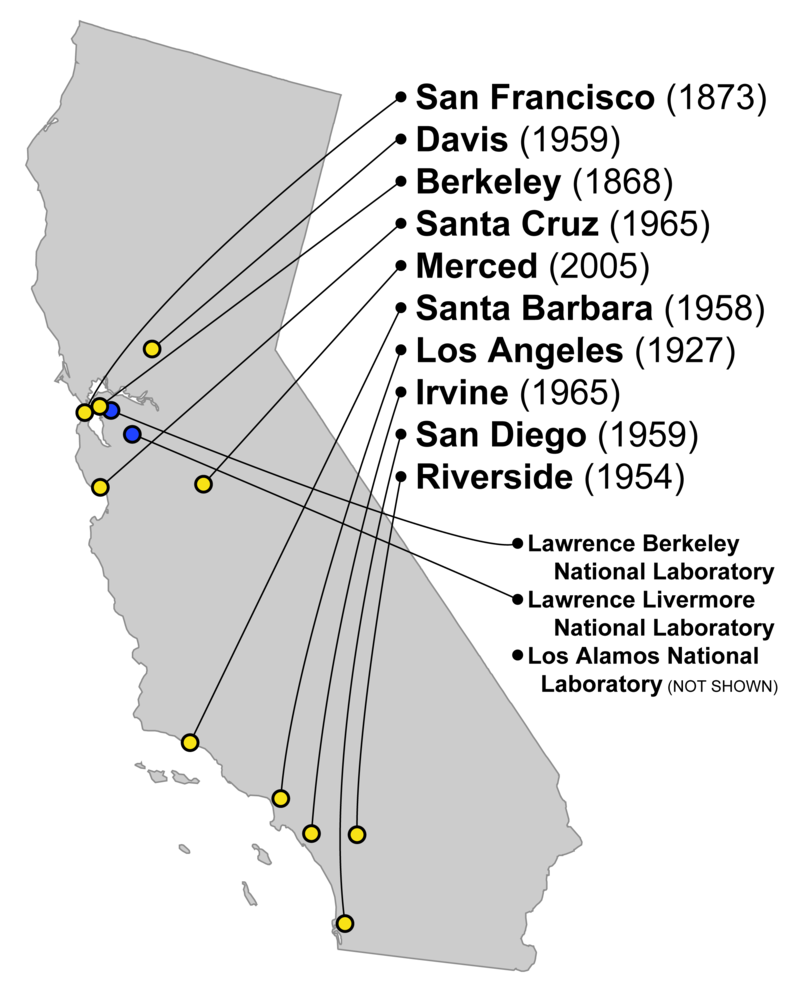By default, the UCPIS is important because there are not many ways to evaluate applicants: no recommendations unless requested by a specific campus; no SAT or ACT scores. This leaves an applicant’s activity list (containing up to 20 activities); your transcript which you input into your application; and your four UCPISs.
University of California Fall 2018 Admissions Trends
Hot off the press! We've had a chance to review the Fall 2018 admissions data released recently by the University of California and thought it would be helpful to summarize it and share our key findings.
Overall freshman admission rates are up for non-residents and down for residents as the University of California continues to settle on a new normal that accommodates a larger mix of out of state and international students. If you're an out of state or international student, pay close attention...there continues to be a window of opportunity to take advantage of favorable odds at several UC campuses.
4-Year Bachelor Degrees Coming to a Community College near You
The College Shopping Sheet and the Needed Transparency of Financial Aid
As admissions into colleges and universities has become ever more challenging, applying for financial aid and understanding the financial aid letter once received, is an equally grueling, though often neglected, piece of the admissions process.
Many families today are making grants and scholarships instrumental in their college searches. For good reason as half of parents, according to a survey conducted by Sallie Mae (the nickname for the SLM Corporation, a publicly traded US Government corporation that originates, collects and services student loans) are not regularly putting aside savings for college.
Questioning the Value of the Bachelor’s Degree
The confluence of rising tuition, increasing student debt, and declining employment opportunities for recent graduates is raising questions about the value of a bachelor’s degree. These concerns have been around for years, but the good news is there are rays of hope in the form of tuition rates beginning to freeze or even contract. Better still, over the next five years, expect the use of online classes to snowball across the postsecondary universe. Institutions that fail to respond will, in all likelihood, start to fall to the wayside—unless the size of their endowments insulates them.
Gaining the Best Financial Aid Packages
Financial aid is confusing. It’s even worse than income taxes. According to the American Council on Education, in 2006, 1.8 million students who would have qualified for federal and financial aid failed to apply. There is no reason to be among that number.
The fundamental precept of financial aid is filing the FAFSA as soon after January 1st of senior year as possible. The whole idea is to be at the front of the line when scholarships and grants are being allocated. At most of the public schools, including the University of California system, only filing the FAFSA is required. This vastly simplifies the process. Filing solely by the federal method (FM) makes applying to state schools almost a pleasure.







